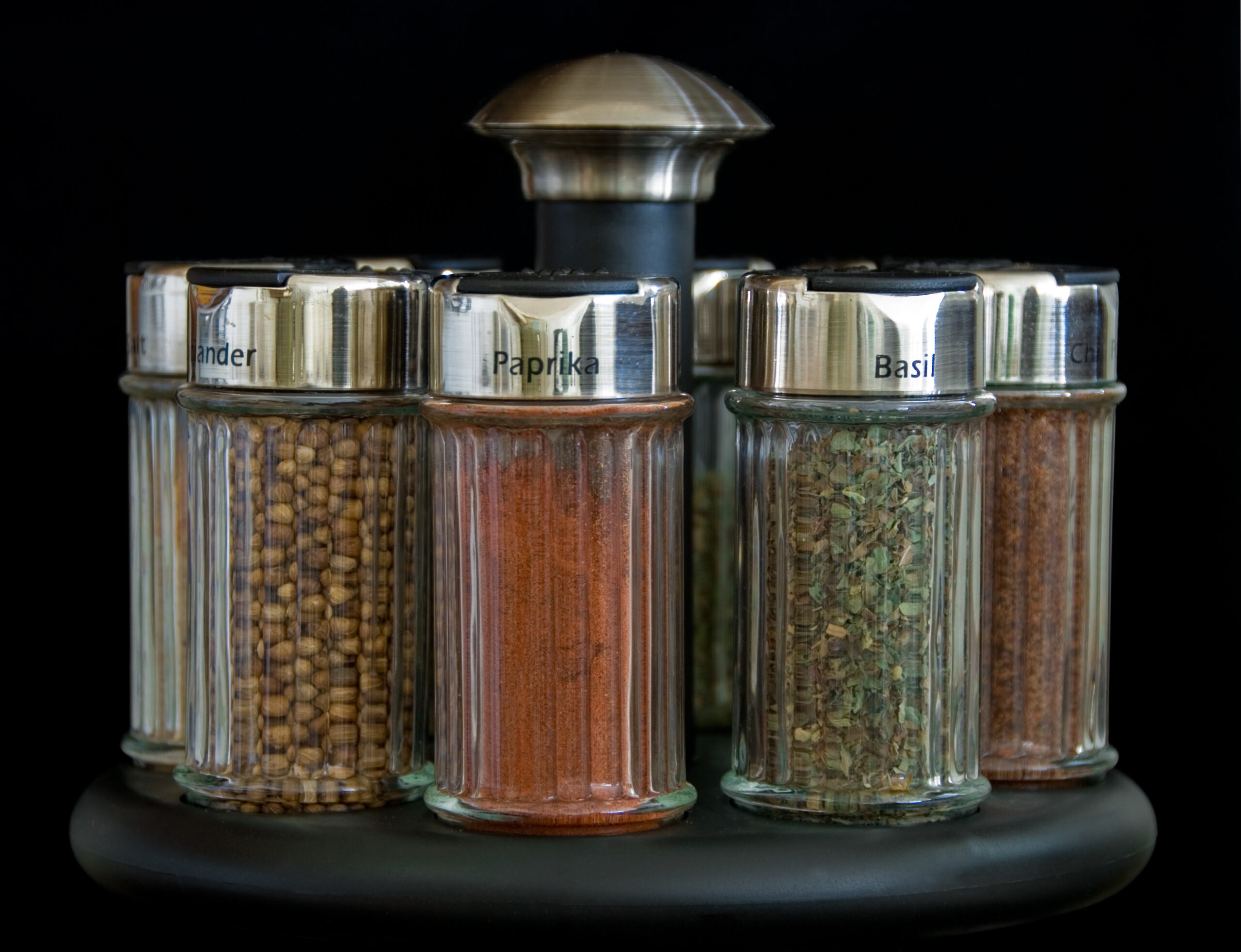Have you ever thought about the cleanliness of your spice rack? For many of us, our spice rack is an essential part of our kitchen, allowing us to add flavor and excitement to our meals. However, it’s easy to overlook the potential risks and health hazards associated with a dirty spice rack.
A spice rack can become dirty and unsanitary due to factors such as exposure to moisture, improper storage, and poor hygiene habits. These can lead to the growth of harmful bacteria and other microorganisms, which can cause health risks if consumed.
In this post, we’ll explore the signs of an unsanitary spice rack, common causes of contamination, the health risks associated with consuming contaminated spices, and best practices for maintaining a clean and sanitary spice rack.
Signs of an Unsanitary Spice Rack
There are several signs that your spice rack might not be clean. The most obvious indication is visible mold or discoloration on the spices themselves. This can be caused by moisture, which allows bacteria to grow and thrive.
Additionally, spices that have been exposed to air for extended periods can develop off-flavors and odors, which can be unpleasant and unappetizing.
If you notice ground spices clumping and getting hard, that’s a sign that moisture has entered the jar, which we’ll discuss in more detail below.
Common Causes of an Unsanitary Spice Rack
There are several factors that can contribute to the development of an unsanitary spice rack.
Moisture: One of the most common causes is moisture. When spices are stored in a humid environment or exposed to moisture, it creates an ideal breeding ground for bacteria and other microorganisms.
A common way that excessive moisture gets into spice jars is when you shake them over top of a boiling pot of water, allowing the steam to enter the jar. If you don’t store spices in an airtight container, this can also allow moisture into the jar.
Storage: Improper storage can also cause contamination. For example, if spices are stored in clear containers that are exposed to sunlight, this can cause the spices to degrade and lose their potency.
Some people store spices in a dark space and/or in tinted glass to block light.
Hygiene: Another factor that can contribute to an unsanitary spice rack is poor hygiene habits. If you don’t wash your hands before handling spices, or if you use spices that are past their expiration date, you could be introducing harmful bacteria into your spice rack.
A common problem: You handle poultry or other raw food and need to reach for a spice jar and contaminate the jar and possibly the contents if you have to reach into the jar to grab a pinch of a spice or a bay leaf, for example.
Health Risks Associated with an Unsanitary Spice Rack
The health risks associated with consuming contaminated spices can be significant. Ingesting contaminated spices can cause food poisoning, which can result in nausea, vomiting, diarrhea, and other symptoms. Bacteria that can grow in spices can cause more serious illnesses, such as Salmonella or E. coli.
Research regarding the bacteriophage MS2 showed that 48% of spice sample containers were cross-contaminated. Around 20% of foodborne illnesses are believed to occur inside the home and contaminated food surfaces like a spice rack can certainly be considered a suspect.
Steps to Keep Your Spice Rack Sanitary
Fortunately, there are several steps you can take to keep your spice rack clean and free from harmful bacteria and other contaminants. First, make sure you store your spices in a cool, dry place away from direct sunlight. It’s also a good idea to store your spices in airtight containers to minimize air exposure and help maintain their freshness.
Additionally, it’s important to practice good hygiene habits when handling spices. Always wash your hands before handling spices and use clean utensils to measure and dispense spices. Be sure to check the expiration dates on your spices regularly, and discard any that are past their prime.
Finally, it’s a good idea to clean your spice rack and containers regularly. Wipe down your spice jars and containers with a damp cloth and wash the insides of the jars themselves when emptied before refilling them. Be sure to clean your spice rack itself to remove any dust or debris that could harbor harmful bacteria.
Summary
Maintaining a clean and sanitary spice rack is an essential part of ensuring the safety and quality of your meals. By following these simple steps and best practices, you can enjoy flavorful and healthy meals without worrying about the risks associated with contaminated spices.
Don’t shake spices over boiling water on the stove as the moisture can prematurely dry the spices which leads to clumping. When you’ve emptied a spice jar that is to be refilled, wash the jar with some soap and water and dry it before refilling. Spice jars and lids can get dirty and contaminated over time.
Remember to keep your spice rack in a cool, dry place, practice good hygiene habits, and clean your the actual spice rack itself from time to time. With a little bit of care and attention, your spice rack can be a safe and enjoyable part of your cooking routine.

